There are very few upsides to the clocks “falling back” for winter.
Dusk starts to fall before dinner, and it’s pitch black by 6pm. Yuck.
But there is one bright spot in these ever-earlier dark nights.
Or rather, there are millions upon millions of bright spots – if you know where to look.
I’m talking, of course, about stars.
And right here in Dundee, one of the best facilities in the country for stargazing is practically on my doorstep: Mills Observatory.
Not only that, but it’s open to the public all through the winter, and free to use.
And this year, the observatory is opening up on Saturday nights too.
So I decide to pay a visit as the nights start drawing in.
I’ve walked the winding path up Balgay Hill to the observatory countless times in the daylight.
But it’s only in the dark that I realise there are no streetlights – obviously. Light pollution is one of the biggest barriers to prime night sky viewing.
Mills Observatory was the first purpose-built astronomical observatory in the UK when it was erected in 1935, so its location was selected carefully.
Sitting atop a tall hill, reaching above the lights of the city, it’s perfectly shrouded in a little bubble of darkness. The only lights are from the moon and stars high above.
But I make a note, peering through the gloom, to bring a headtorch next time, as parking at the observatory is limited to less than a dozen spaces.
Lifelong astronomer Robert is one of Mills Observatory’s biggest assets
When I arrive, I’m met by visitor assistant and lifelong amateur astronomer Robert Law.
He shows me firstly into the lecture theatre, where he gives me a sneak peek of the observatory’s fortnightly planetarium show.
Having been “hooked” on astronomy since he was eight years old and saw a diagram of the moon in a book, Robert remembers watching the Apollo 11 mission to the moon on TV in 1969.
Since then, he has watched every single NASA launch, and visited NASA several times.
Cycling through slides depicting stunning, spinning galaxies and arrays of stars, his enthusiasm lights up the room.
But it’s when we make our way up the stairs to the papier-mache observatory dome (one of just two of this kind in the UK) that Robert really shines.
Which five planets can you see this winter?
Cranking open the shutter which once served the massive Victorian telescope – but now serves a nifty 16-inch model installed in 2013 – he immediately starts rhyming off constellations.
He tells me that if I was here slightly later in the evening, I’d see Saturn rising over the Tay.
And through the winter, all five “naked eye” planets will be visible from the dome – Saturn first, then Jupiter come November.
Venus, the ‘evening star’, will appear from December, then Mars and, in early spring, Mercury.
And this is a prime spot to observe the phases of the moon, and the Northern Lights.
But for now, Robert sets up the telescope and fixes it on a bright star for me.
“That’s Altair,” he tells me, helping me spot the constellation of Aquila (the eagle) around the star. “It’s the twelfth-brightest star in the sky. And it’s my favourite.”
I also observe Enif, a noticeable ‘supergiant’ orange star with a burning glow. It’s breath-taking.
Viewing platform is haven for star-seekers
On the outdoor viewing platform slightly below the dome, where budding astronomers can take their binoculars and telescopes (and get help to set them up) Robert points out the Big Dipper.
For the first time since moving to Dundee, I see the full shape of it, and follow its two ‘pointer stars’ to the surprisingly faint North Star, Polaris.
It’s mind-boggling how clear the sky is up here, when just ten minutes down the road in my garden, I can only see a smattering of stars above Dundee.
“Just don’t come when it’s cloudy,” Robert chuckles. “Folk come when it’s overcast then wonder why they can’t see anything. It’s a telescope, not magic.
“Cold, cloudless skies are an astronomer’s friend.”
I never thought I’d be thankful for the long winter nights, but Mills Observatory is definitely the place to make the most of the darkness.

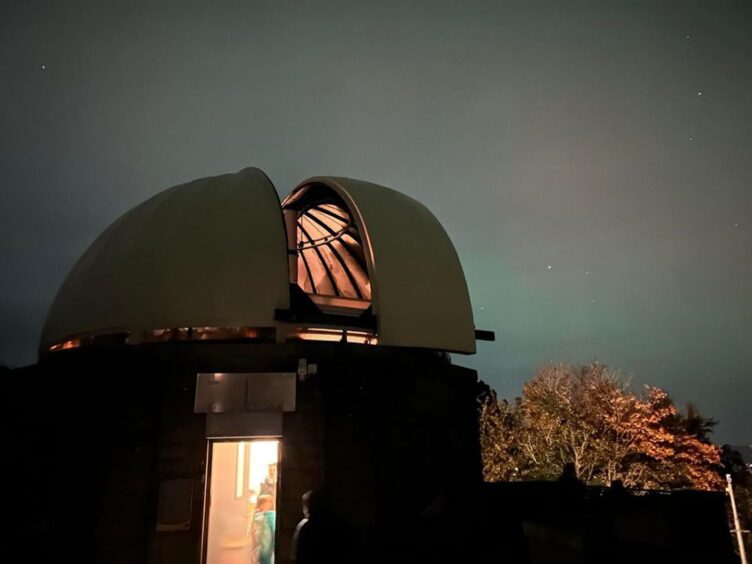
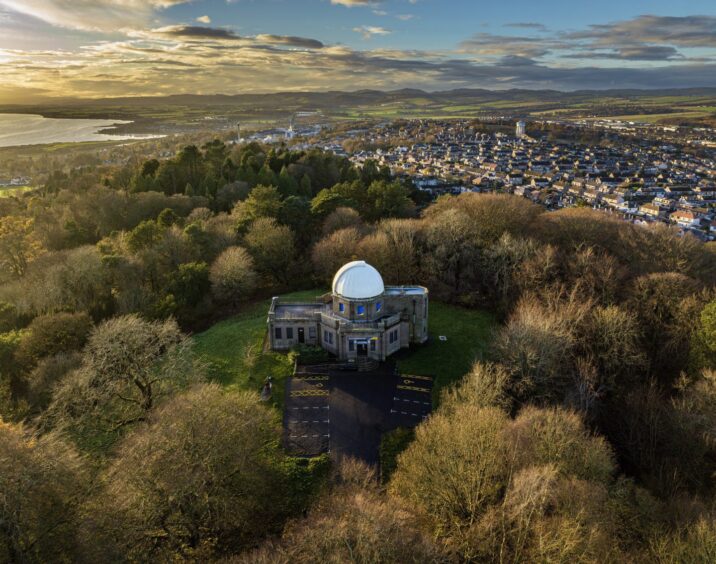



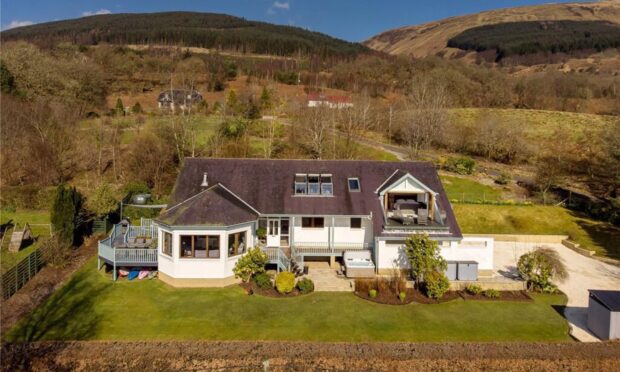

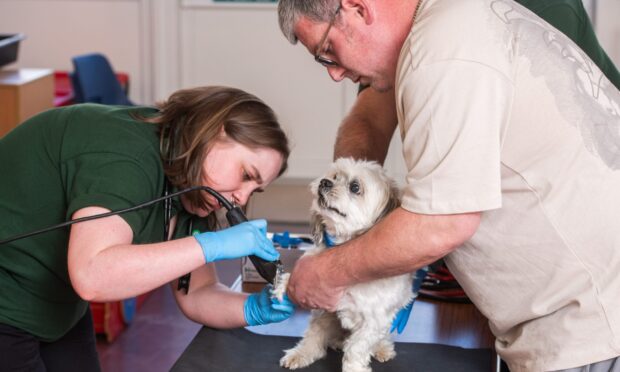
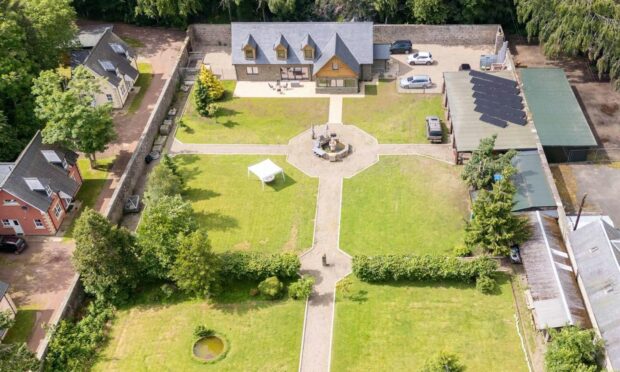

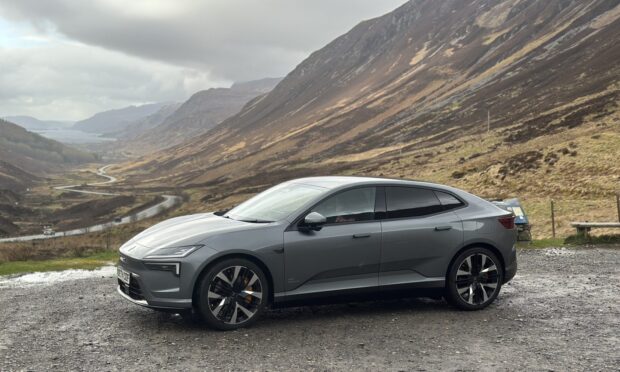



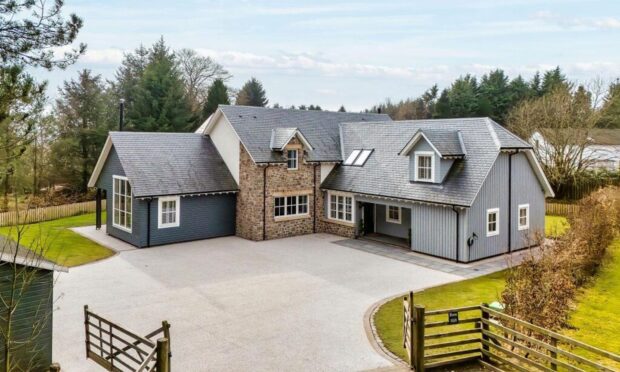
Conversation